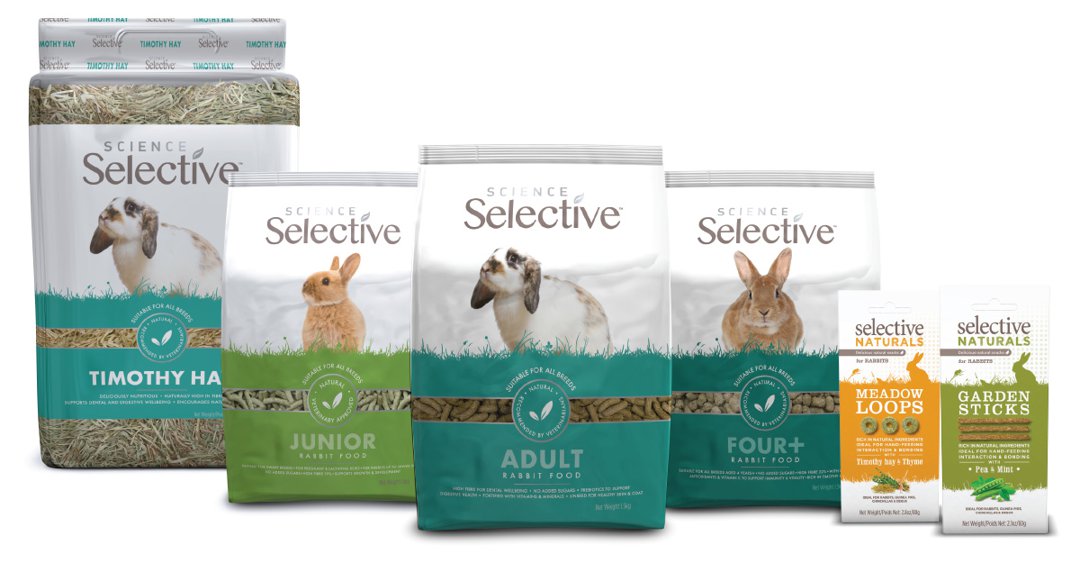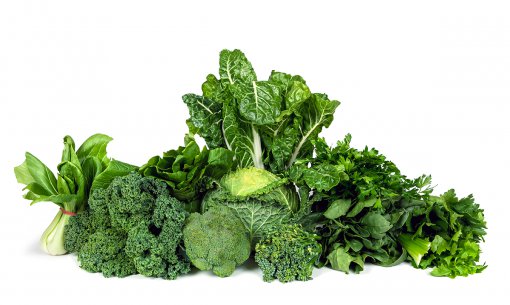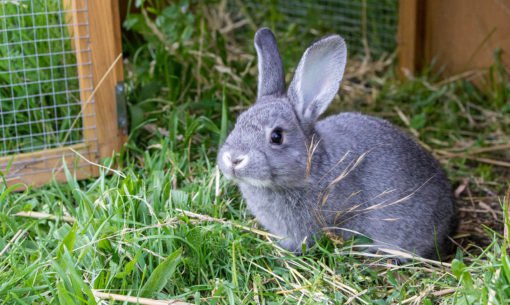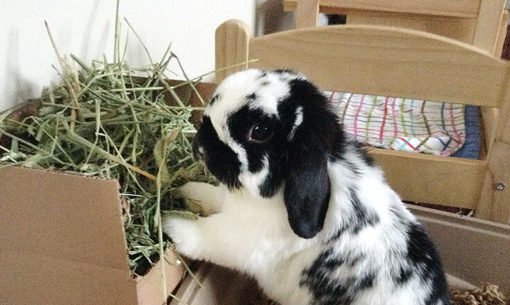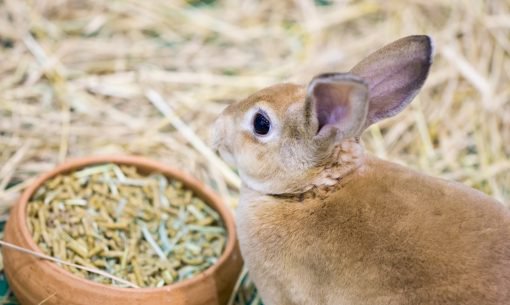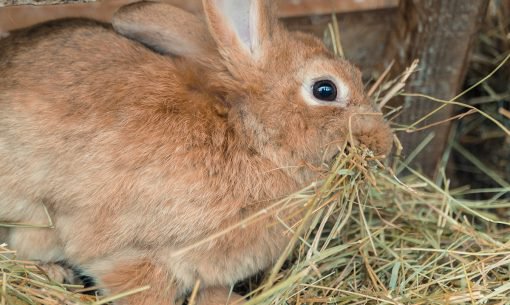Healthy foods for happy bunnies
Ever wondered if there is a healthier way to feed your rabbit? Our experts in small pet nutrition have some suggestions about the best diet for rabbits, following our rule of five:
- Hay should make up the biggest part of a pet rabbit’s daily diet
- Kibble or mix: follow the feeding guide for balanced nutrition
- Fresh leafy green vegetables – just a handful daily
- Treats – give only a small amount to build the relationship between you and your pet
- Water – always make sure water is freely available, using a sipper, bowl or both!
How much rabbit food per day?
Once you know what to feed, it’s time to be thinking about how much. You might find it helpful to relate the food amount to your rabbit’s size. As a guide, hay should be given to match the size of the rabbit’s body – although you should never limit hay and can offer as much as your rabbit will eat. That’s perhaps more generous than you were expecting but it’s essential for your rabbit’s health.
Good quality hay – which is essentially different types of grasses which have been harvested and carefully dried – should smell fresh, be slightly green and leafy and must not be dusty. The price difference between poor quality hay and great hay isn’t enormous so always feed the best you can afford, as hay is the most important food for a rabbit. Hay can also be stuffed in cardboard tubes to provide foraging opportunities.
Now to the kibble or mix. There is a feeding guide on pack which gives you an idea of how much to feed. If your rabbit is eating enough hay, the volume of kibble or mix will be about the same size as both rabbit ears! Always keep an eye on your rabbit’s body condition too and be prepared to adjust food up or down to keep them healthy.
Fresh leafy green vegetables can be given daily and a handful (or rabbit head size!) is about right. If you are wondering what vegetables rabbits can eat, it’s worth remembering that not all veggies are equally good for rabbits, so check out our guide on what’s safe to feed rabbits here.
Treats can play an important role in bringing you and your pet closer together, building trust and love. Just a little, now and then – around the same volume as that white fluffy tail daily is about right.
Did you know that studies have shown that rabbits drink more water out of bowls than bottles? Of course, bowls present their own challenges such as being able to keep the water clean and ensuring water is not spilled in the rabbit’s housing. We’re big fans of providing both so rabbits always have a choice.
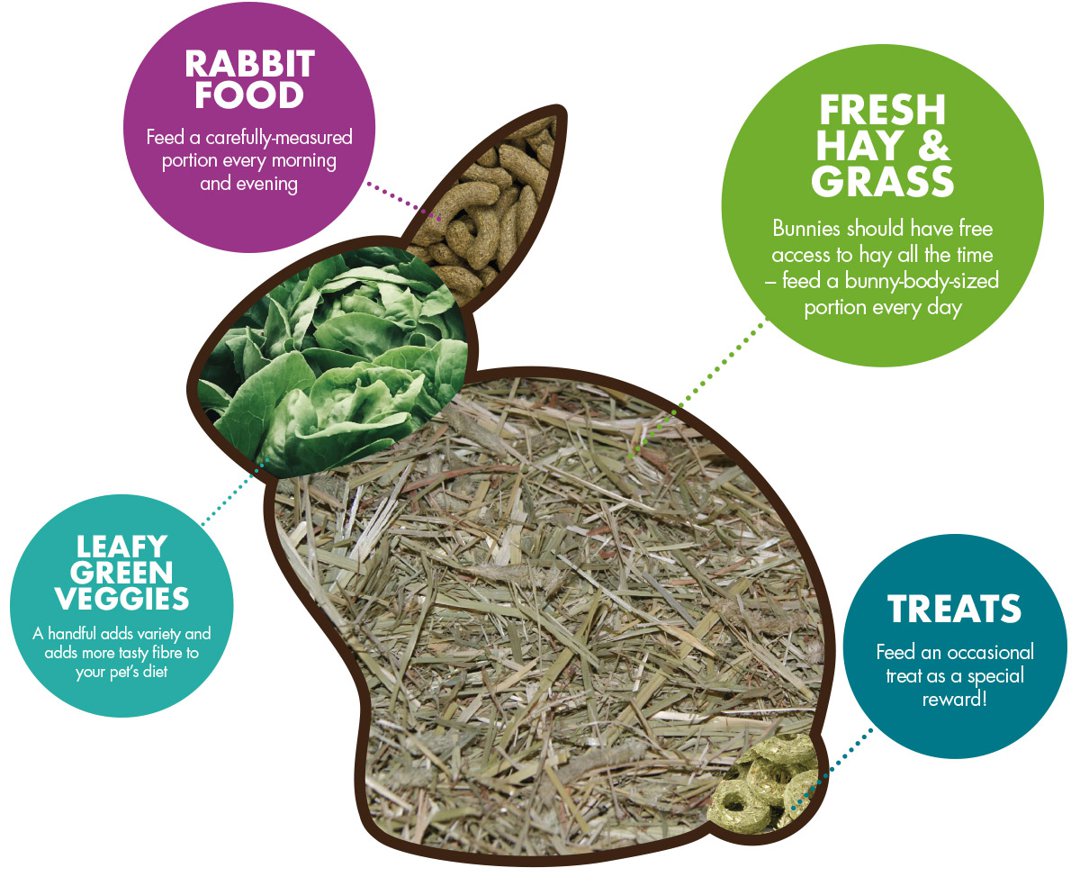
What foods do rabbits like to eat?
In the wild a rabbit would forage and graze, choosing different herbs and wild plants, as well as grass. The wide variety of foods would help them achieve some degree of nutritional balance. However, the reality is that wild rabbits have short lifespans – often just one or two years, partly due to being preyed upon and disease but also because of an insufficient diet. Pet rabbits are able to live much longer, healthier lives if they are fed correctly.
Like humans, rabbits don’t always make the healthiest choices. This can be due to being accustomed to certain food types, being fed a certain food when they are young and still with their mother, as well as taste preferences. Also, like many people, rabbits do like sweet tastes but sugary foods are very poorly digested, often causing tummy upsets and can be very damaging to their teeth. Food with hidden sugars like molasses can be a source of sugar and even treat foods like carrots or apple can be too sugary if given in quantity.
Rabbits will generally enjoy fresh plant material (carrot tops and herbs for example), good quality hay, tasty vegetables and some fruits. They do like carrot and apple but keep them as occasional treats!
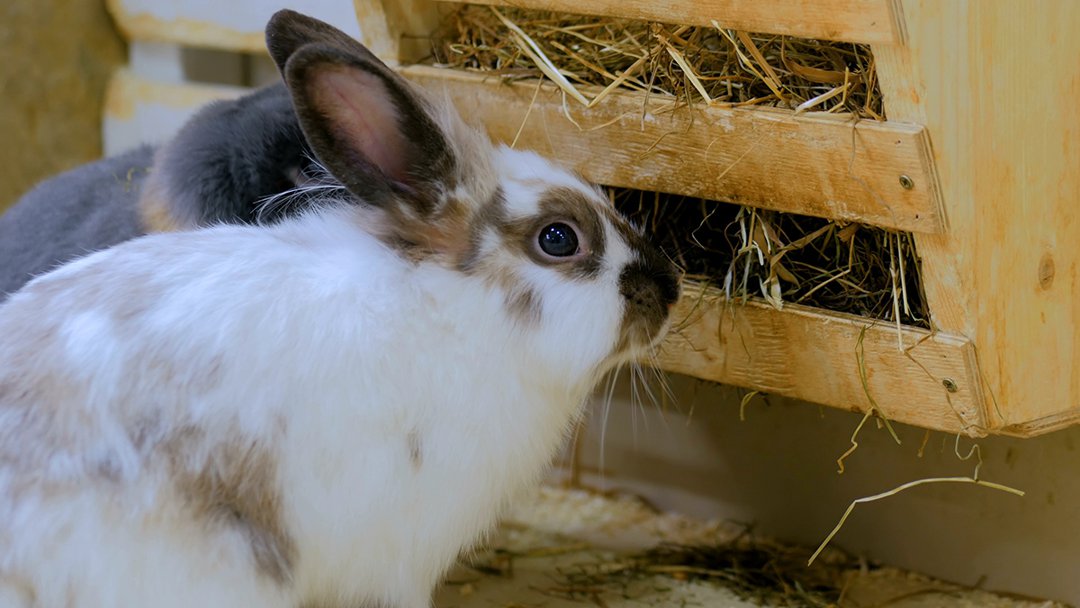
How can you tell a rabbit likes a food?
A rabbit’s teeth grow constantly. It’s an adaptation that allows them to eat fibrous plant material. So, it’s natural for rabbits to spend a long time eating. While people often eat quickly when they enjoy a food, it’s not something a rabbit would do. When you see a rabbit chew its food for a long time that doesn’t mean it’s not enjoying it – in fact, it may be quite the opposite and it’s certainly a healthier choice.
Rabbits also enjoy being given the opportunity to forage for their food, so hiding it around their home can be a good way to increase the happiness factor of certain foods. Some rabbits will also make noises when their owner approaches with their favourite food and may even do a binky – which is a combination of a jump and a hop and indicates ultimate happiness.
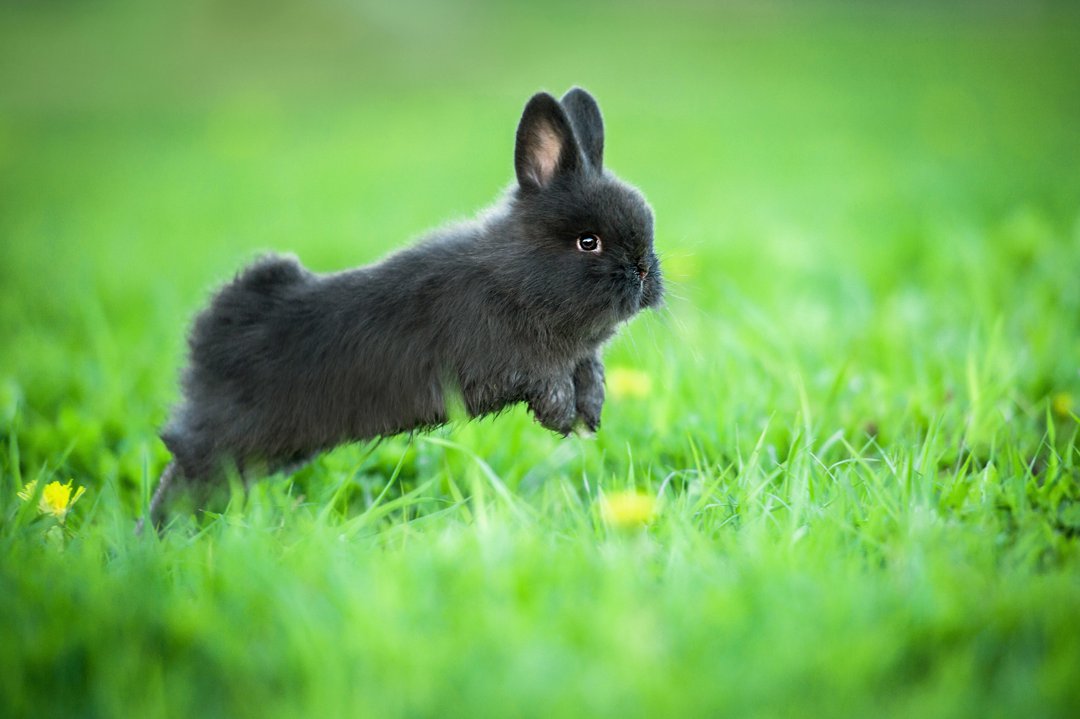
Can rabbits share food?
Of course, rabbits must always have friends, and most are kept in compatible pairs. Can they share the same food dish or pile of hay? The simple answer is yes, unless one is being fed a different diet for medical reasons. But what you must be aware of is the potential for one rabbit to dominate the food source and keep its friend from receiving enough nutrition. For this reason, several feeding stations in different locations can make for a happier home life. It also means more opportunities to browse and forage and explore – all-natural behaviours that as a loving rabbit owner you will want to encourage.
What do baby rabbits eat?
As mammals, rabbits produce milk to feed their babies. A mother rabbit will feed her young until they are around 8 weeks old. Her young will often start nibbling on her solid food at around two to three weeks of age but will continue to need her milk for a few weeks beyond this.
Rabbits often have a very strong preference for eating the same food they saw their mother eat in those first weeks, even as they grow older. Mum will also need a really healthy diet to ensure that she can produce enough milk. So, feeding mum correctly with healthy food is vitally important.
A food made especially for Junior rabbits can be fed at this time. The extra energy and nutrition it provides for the babies will help fuel their growth and mum can also be fed the same food to meet her increased needs.
Ready to find out more about ways to feed your rabbit? Read about our hay, kibble, mixes and treats on this site!
